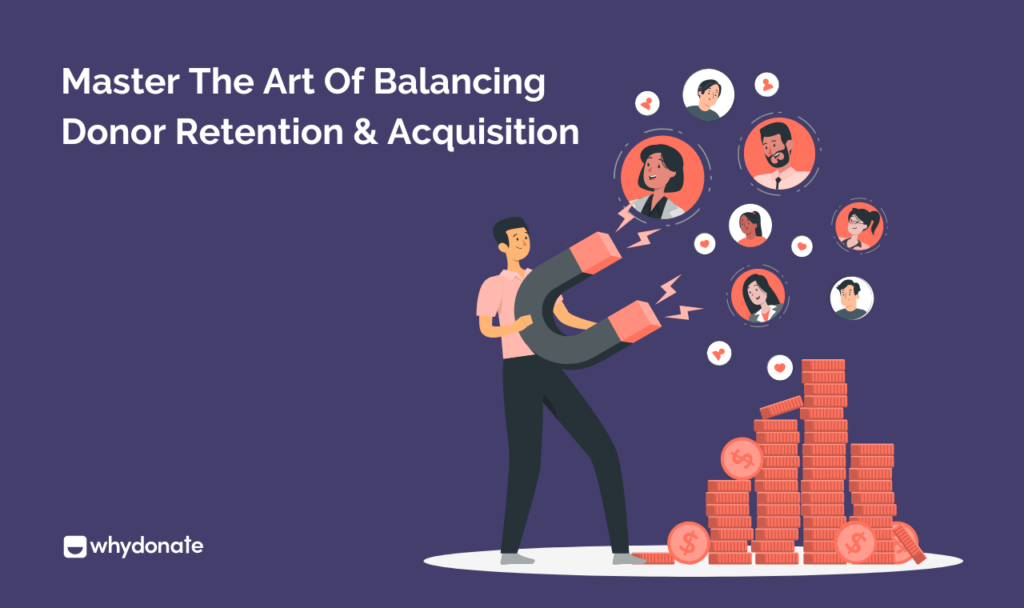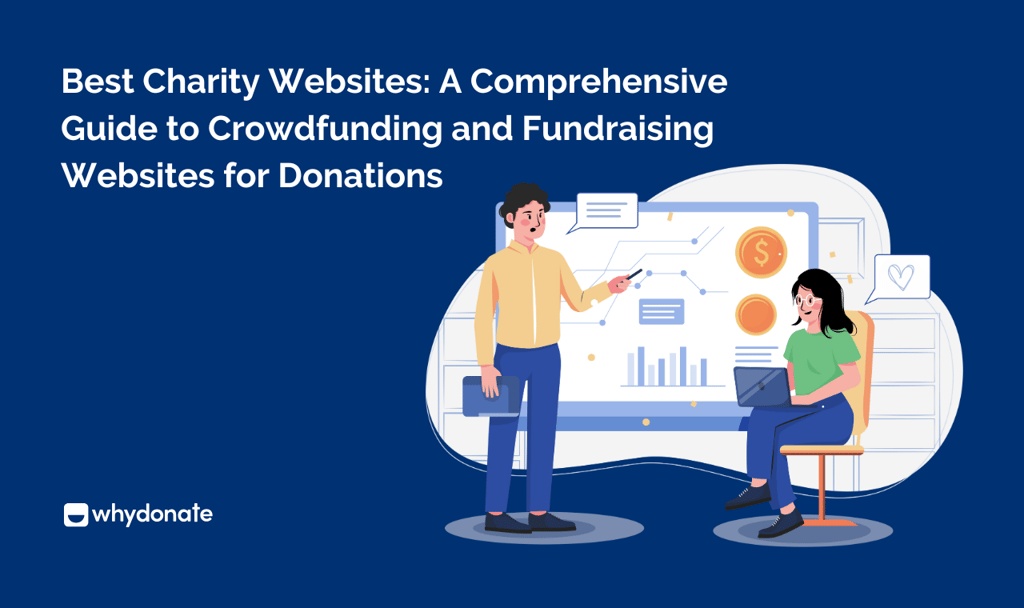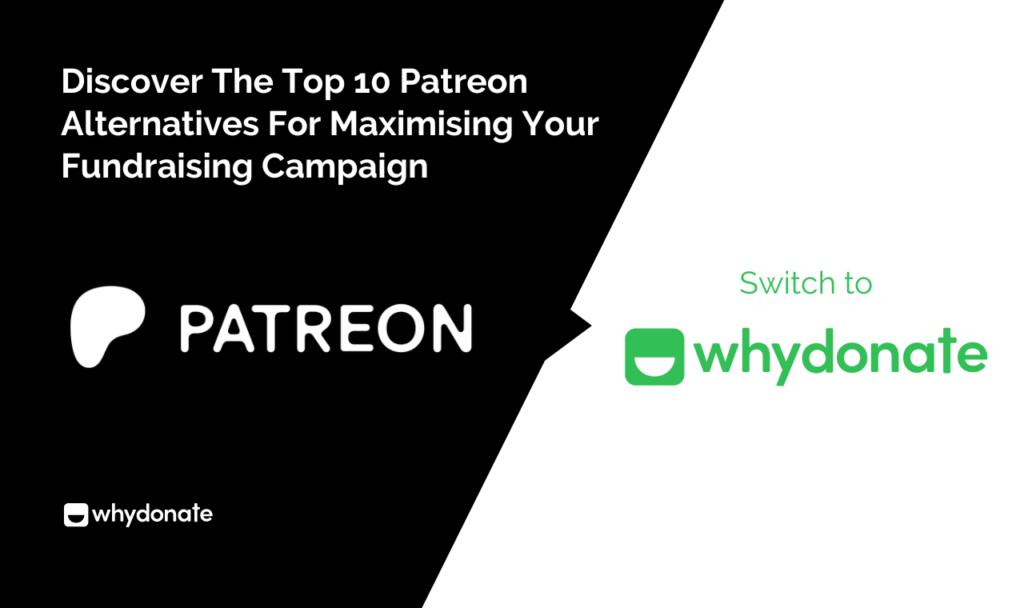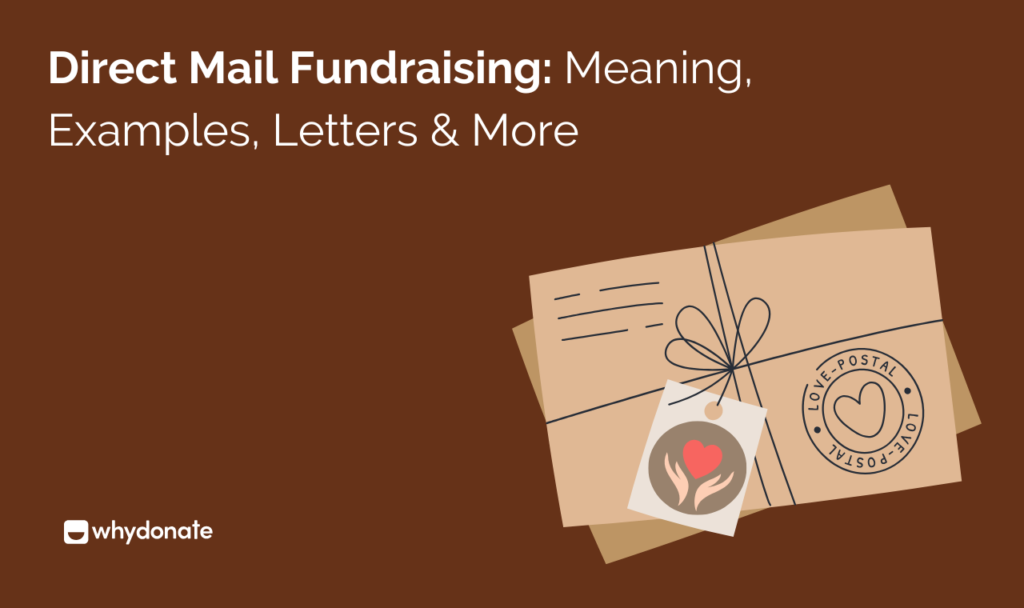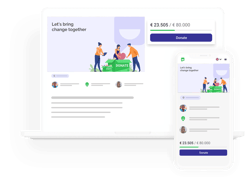Donors are a valuable asset for a non-profit organization because they are the primary reason your organization achieves its goals. Hence, this is more than enough reason why you, as a non-profit organization, should leave no stone unturned when actively engaging with donors and nurturing your relationship with them.
- Practice Donor Acquisition & Retention With WhyDonate. Start A Fundraiser & Leverage Our Donor Network!
Regarding fundraising strategies, two terms are often coined – donor retention and donor acquisition. As the name suggests, donor retention refers to the existing donors who continue to give, whereas donor acquirement refers to acquiring new donors who are willing to give. Let’s learn more about both the terms and strategies involved around them.
Table of Contents
What Is Donor Retention?
Retaining donors who keep donating to an organization is known as donor retention. It’s a term heard by people engaged in non-profit organizations, fundraisers, etc. As per statistics, the average donor retention rate across the non-profit sector fluctuates between 40% and 45%. A non-profit organization must find an equilibrium between retaining and acquiring donors for efficient fundraising.
The Only Donor Retention Strategies You Need
The solid donor retention strategies below will ensure that the donors are continuously giving to your non-profit organization:
1. Productive Investment In Technology
This is one of the prime donor retention strategies as it helps smoothen the management of your donors. This is where donor management software comes into play. While looking into the donor database, looking for a particular platform that will help handle multiple works from a single system is recommended.
WhyDonate, being the largest European fundraising platform, offers several features that streamline your fundraising efforts. Features like automated thank-you messages, custom branding, effective communication, etc., enable you to build better bonds with supporters. It’s your sign to leverage its extensive donor network and touch heights.
2. Mastering The Annual Fund Strategy
Everything circles back to the annual fund, which laid the foundation for your fundraising program. This is why even though you haven’t hosted any fancy goal for your annual funds, you can always go for a multi-year approach.
One of the productive approaches may be brainstorming to build an effective annual fund strategy. This is because you must realize that it’s much more than just your revenue source; it’s a well-embedded roadmap for achieving success in fundraising.
3. Enhanced Communication
Sometimes, you’ll witness that donors don’t encourage your mission and stop donating. There may be various reasons behind this, but you can address and resolve the reasons within your control. For instance, a significant alteration in the donor’s life may have led them to support your mission. Communication is the key and one of the most effective donor retention strategies that’ll help you build better donor relationships.
4. Receiving Feedback
Lastly, instead of guessing the wants and needs of your donors, how about asking them directly? This can be achieved through effective online donor surveys, which can be processed through mail or phone. When you ask your donors in the form of feedback, you identify the gap where you lack in communicating with them, after which you can bridge that gap with the right approach.
FAQs Regarding Retaining Donors
How to calculate the donor retention rate?
Calculate the donor retention rate by subtracting the number of donors acquired during a specific period from the total number of donors at the beginning of that period. Divide the result by the total number of donors at the beginning and multiply by 100 to express it as a percentage.
What is a good donor retention rate?
A good donor retention rate varies by industry, but for non-profits, a rate above 60% is generally considered favorable. However, ideal rates depend on specific organizational goals and strategies.
Why is donor retention important?
Retaining donors is crucial as it sustains a non-profit’s financial health. Retained donors contribute consistently, reducing fundraising costs, and their continued support helps organizations achieve long-term goals, build relationships, and enhance community impact.
What is the average donor retention rate?
Statistics reveal that retaining donors across non-profit sectors typically ranges between 40% and 45%. To raise funds effectively, it’s therefore vital that organizations develop strategies for both donor acquisition and retention.
What Is Donor Acquisition?
The process that leads to gaining new or potential donors for a non-profit organization through networking or marketing is known as donor acquisition. For acquiring donors, it is essential to lay down a well-planned outline so that the right amount of effort is put into achieving them. As far as donor acquisition cost is concerned, acquiring new donors may be more expensive than retaining existing donors. This is why thinking before putting any effort into practice is essential.

5 Excellent Donor Acquisition Strategies
Below are some of the donor acquisition strategies that will help you in acquiring new donors for your organization:
1. Identifying Your Donors
This is one of many primary donor acquisition strategies that shed light on the importance of knowing and being familiar with the donors. This is where you consider many factors, such as donor likes, preferences, interests, and typical behaviors. After analyzing these factors, you must communicate them with your time and build an approach to acquire new donors.
2. Segmenting Donors
The categorization of the donors based on mutual demographics and characteristics is termed segmenting donors. The donors may be segmented into many varieties, a few of which are related to the mission and size of your non-profit organization.
3. Establishing Healthy Relationships with Donors
When you interact with your donors, you establish a relationship with them. Now, it’s up to you to build a healthy relationship with them. This is where you need to practice empathy, which can be done by understanding their wants and needs and the things that are going on in their heads. Often, you can also ask questions to learn more about them and cultivate a healthy relationship with them on a long-term basis.
4. Setting Goals
Setting realistic goals is one of the most crucial donor acquisition strategies you must follow. You need to mutually decide and conclude where you set goals with your fundraising team. For this, you can craft a donor acquirement plan template that you can follow quarterly. The duration of the goals may vary from three years to five years. However, it’s your responsibility to ensure that the goals are realistic and reflect your efforts in achieving them.
5. Measurement and Evaluation
Goals should be set up by measuring and evaluating the efforts carried out to achieve them. You can follow donor metrics that will act as an indicator to achieve your organization’s goals. These metrics can be quantitative or qualitative, sometimes even both, depending on your requirements and goals.
Donor Acquisition FAQs
How to calculate the donor acquisition rate?
The donor acquisition rate is calculated by dividing the number of new donors acquired within a specific period by the total number of donors at the beginning of that period. Multiply the result by 100 to express it as a percentage, providing insight into your organization’s donor growth.
What is the donor acquisition cost?
Donor Acquisition Cost (DAC) can be determined by dividing all expenses related to recruiting new donors (for instance, marketing and outreach costs) by the total number of new donors acquired over an individual timeframe. Non-profits use this metric as an efficiency measurement of fundraising efforts while allocating resources effectively so as to acquire donors at reasonable costs.

What Is The Difference Between Donor Retention And Acquisition?
Donor retention is when the organization (irrespective of whether they are a for-profit organization or non-profit organization) keeps their donors effectively engaged, for which the donors keep on giving. Donor acquirement, on the other hand, is the practice of acquiring new donors.
However, for an organization to succeed, both of these practices must be carried out effectively and in a balanced manner. The equation goes like this: if you are an organization with a higher donor retention strategy, you may invest comparatively less in donor acquisition and vice versa.
In A Nutshell: Balancing Retention & Acquisition Handily!
So, if you want to master the balance between retaining and acquiring donors, you must address both terms and conduct a thorough analysis to grow effectively. It’s recommended that you don’t put your efforts in vain in donor acquisition if your efforts aren’t producing effective results in donor retention in the first place. This is because doing the former is naive and absolutely void if you haven’t achieved success in the latter.
Start Your Fundraising Campaign & Implement These Strategies Yourself!
